Focus on Sustainability
Sustainability has emerged as a pivotal driver in the Product Lifecycle Management Consumer Packaged Goods Retail Market. Consumers are increasingly demanding environmentally friendly products, prompting companies to adopt sustainable practices throughout the product lifecycle. This includes sourcing raw materials responsibly, reducing packaging waste, and implementing recycling programs. According to recent data, a significant percentage of consumers are willing to pay a premium for sustainable products, indicating a shift in purchasing behavior. Companies that prioritize sustainability not only enhance their brand image but also align with regulatory requirements, which are becoming more stringent globally. This focus on sustainability is likely to shape product development and marketing strategies in the industry.
Consumer Demand for Personalization
The growing consumer demand for personalized products is reshaping the Product Lifecycle Management Consumer Packaged Goods Retail Market. As consumers seek unique experiences, companies are increasingly tailoring their offerings to meet individual preferences. This trend necessitates a more agile approach to product development and marketing, as businesses must be able to quickly adapt to changing consumer tastes. Data indicates that personalized products can lead to higher customer loyalty and increased sales. By leveraging data analytics and consumer insights, companies can create targeted marketing campaigns and product variations that resonate with specific demographics, thereby enhancing their market position.
Regulatory Compliance and Standards
Regulatory compliance and adherence to industry standards are vital drivers in the Product Lifecycle Management Consumer Packaged Goods Retail Market. As governments and regulatory bodies implement stricter guidelines regarding product safety, labeling, and environmental impact, companies must ensure that their products meet these requirements. Non-compliance can result in significant financial penalties and damage to brand reputation. Therefore, businesses are increasingly investing in compliance management systems to streamline processes and maintain adherence to regulations. This focus on compliance not only mitigates risks but also fosters consumer trust, which is essential for long-term success in the competitive retail landscape.
Integration of Advanced Technologies
The Product Lifecycle Management Consumer Packaged Goods Retail Market is increasingly influenced by the integration of advanced technologies such as artificial intelligence, machine learning, and the Internet of Things. These technologies facilitate real-time data analysis, enabling companies to make informed decisions throughout the product lifecycle. For instance, AI-driven analytics can predict consumer trends, allowing retailers to optimize inventory management and reduce waste. The adoption of IoT devices enhances supply chain visibility, ensuring that products are delivered efficiently. As a result, companies that leverage these technologies may experience improved operational efficiency and customer satisfaction, which are critical in a competitive market.
Enhanced Collaboration and Communication
Enhanced collaboration and communication among stakeholders is a crucial driver in the Product Lifecycle Management Consumer Packaged Goods Retail Market. As products move through various stages of their lifecycle, effective communication between manufacturers, suppliers, and retailers becomes essential. Collaborative platforms and tools facilitate information sharing, enabling teams to respond swiftly to market changes and consumer demands. This interconnectedness can lead to faster product development cycles and improved time-to-market. Furthermore, companies that foster a culture of collaboration may find it easier to innovate and adapt to emerging trends, ultimately enhancing their competitive edge in the marketplace.


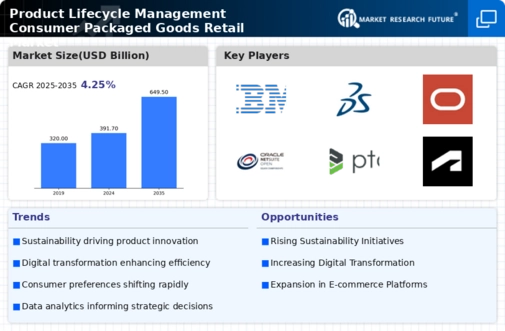
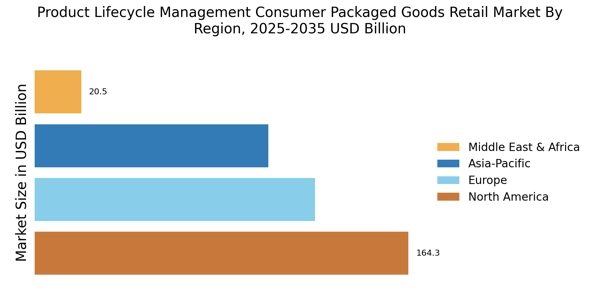
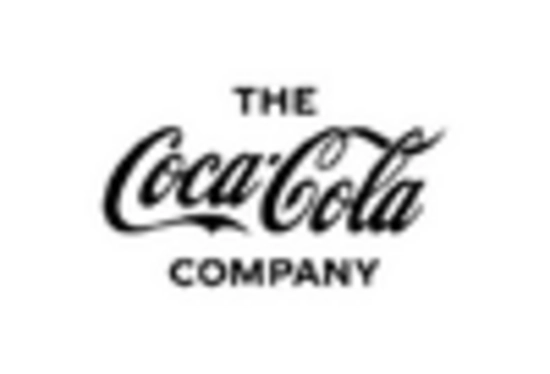


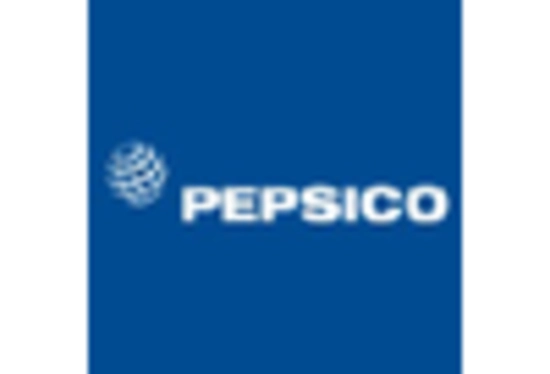
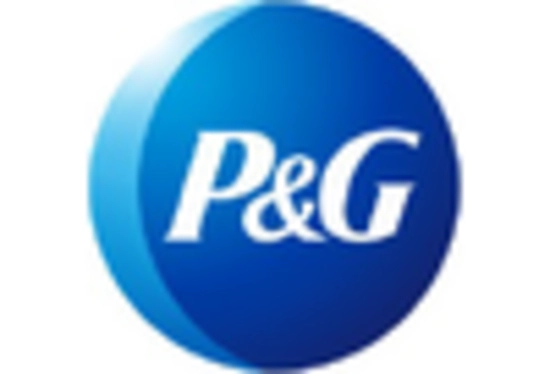









Leave a Comment